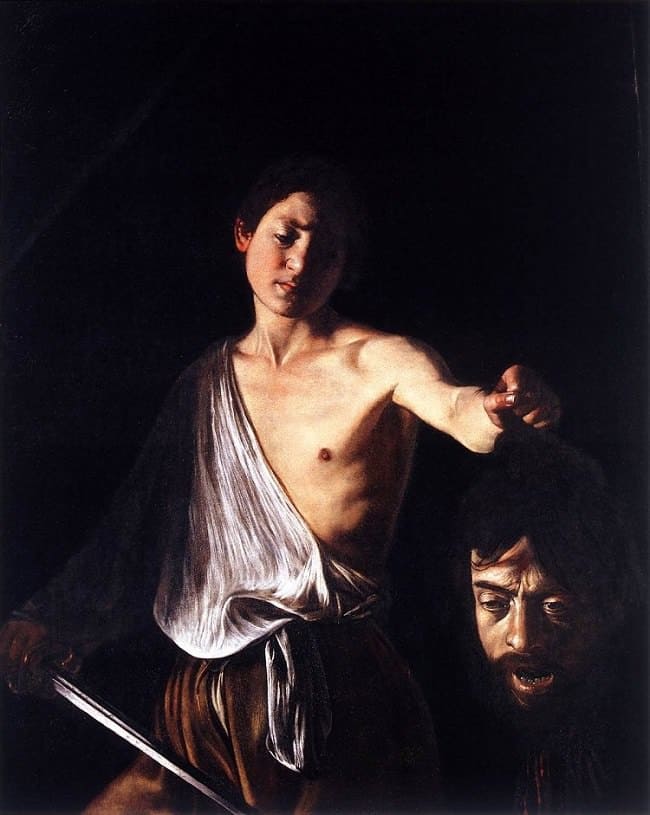What can the lessons learned from the crisis the Church experienced during the Protestant revolt of the 1500s teach us today? Confusion and scandal, coupled with a rapid moral collapse in the broader culture, are afflicting the barque of Peter. Thankfully, the Church’s response to crisis, division and scandal over 500 years ago provides Catholics with a blueprint for today. What did the Church do when confronted with relentless challenges to her authority and teaching? She didn’t change her teaching or downplay it. On the contrary, she sought to accentuate it through an explosion of art.
Brush and canvas, marble and chisel would serve as potent tools to redirect, form and focus a besieged and disoriented faithful on eternal, unchanging truths. Rome became the focal point of this effort, as thousands of pilgrims descended upon the Eternal City and its countless holy sites. Popes and cardinals turned to artists, often with oversized egos and unrivaled talent, to shine the spotlight on the Eucharist, confession, Purgatory, grace, the Virgin Mary, Peter and the Communion of Saints.
Elaborate and graceful fountains were strategically placed all over the city to remind pilgrims of the cleansing effects of the Sacrament of Baptism. Protestants rejected Purgatory so, in response, large scale paintings depicting souls liberated from Purgatory appeared above altars, reminding the faithful of the link between the Church Militant and the Church Suffering. We can in fact help the holy souls through our prayers and, most importantly, the Holy Mass. Scenes depicting the Crucifixion or burial of Christ were similarly positioned directly above altars to remind people of another teaching vehemently rejected and ridiculed by Protestants: the sacrificial nature of the Mass.
While Luther, Henry VIII and Elizabeth (to name a few) were calling into question, or simply dismantling, the entire sacramental and ecclesial structure upon which Christendom was built and depended, combative cardinals and popes enlisted young prodigies to answer back through paint and stone. In an ironic twist, many of the elite artists charged to do this all-important work of evangelization and catechesis were hardly saintly. One in particular even had a price on his head for a crime committed in the dark streets of the Eternal City.
Michelangelo Merisi da Caravaggio was notorious for his temper, street fights and erratic behavior. He even killed a rival in a duel and spent the final years of his young life in exile. But he was also a prodigy. After all, look at what he left us! Among his final works, this painting depicts a stern-looking David holding the severed head of Goliath. And, in an act of profound humility and repentance, Caravaggio used his own portrait for that of Goliath.
Caravaggio received a papal pardon, allowing for his return to Rome, but he died on the way back at the age of 38. Few artists, in my opinion, better demonstrate the struggle between good and evil, the contrast between light and darkness, than the scrappy, impetuous Caravaggio. With repentance, grace finds a way to shine through the seemingly impenetrable darkness of sin.
What lessons can we draw from all this today?
Beauty attracts. Beauty instructs. Beauty inspires.
Long ago, the Catholic Church cornered the market on beauty. We shouldn’t shy away from this reality; we should reclaim it with gusto. Starting in the 1960s, many in the Church thought minimalism (or outright iconoclasm) was the way of the future. Ornate churches were stripped bare and whitewashed in the name of the “spirit of Vatican II.” The approach to sacred art that looked back to Guercino, Caravaggio, Raphael, Bernini and Michelangelo as sources of inspiration was dismissed as reactionary, hidebound and triumphalist. Protestants understood the powerful sway that sacred art held over the faithful and the clear theology it conveyed. That’s why it was meticulously destroyed in countless churches in England, Germany, Switzerland and elsewhere during the break with Rome. Why so many Catholic “experts” in the ’60s and ’70s followed suit with their own eruption of destruction is odd, to say the least. What were they really hoping to accomplish?
Thankfully, there are outposts within the Church that still believe in the power of beauty to attract, instruct and inspire. Milwaukee’s Saint Stanislaus Oratory is one of them. The parish is home to a vibrant traditional Latin Mass community, and the parishioners there have worked hard to bring about a stunning restoration of the historic and sacred building. In our age of sterility and banality, it’s not at all surprising that this parish is steadily growing. Beauty is calling people home. It worked before. It can work again.
To learn more about the role of sacred art, I highly recommend Elizabeth Lev’s excellent new book, How Catholic Art Saved the Faith.






